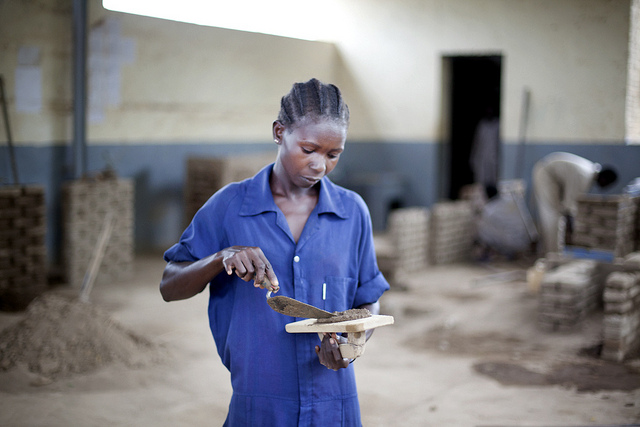What if you could enlist your largest, most powerful target audience to help you solve your most critical problem? And what if that particular audience didn’t only number in the billions, but was also industrious, educated, family-oriented, entrepreneurial, trustworthy, civic-minded and committed?
Sounds intense already, right? Now what if your problem was the global economy, and what if you could unleash this group to help move the state of the economy forward, and out of crisis?
This army-in-plain-sight is women, of course, and it’s a rumbling powerhouse. Yet even as their participation in the culture and the workforce could help economies and countries grow, they are still too often taken for granted at best and denied fundamental rights and access to society at worst.
Gaining Perspective
Globally:
- Women are the gatekeepers in most families, controlling 70% of global consumer spending.
- Many of the microloan and microfinance programs that have become popular over the past decade have proven that women are good credit risks, and that they are more likely than men to funnel earnings back into their families and communities. They form the very foundation for stronger economies and actively work toward breaking the cycle of poverty.
- Women farmers produce 60% to 80% of the food in developing countries, and women own 60% of all global microenterprises.
In the U.S.:
- Women have recently reached a tipping point, earning more associate, bachelors, masters and doctorate degrees than men.
- Women are entrepreneurs: According to American Express, between 1997 and 2013, the number of women-owned firms grew at 1.5 times the rate of the national average. As of 2013, it’s estimated that there are over 8.6 million women-owned businesses in the United States, generating over $1.3 trillion in revenues and employing nearly 7.8 million people.
- Studies show that when taking part in government and business, women are leaders, stabilizers, savers, collaborators, galvanizers and entrepreneurs.
A Gap that’s Still Too Wide
Obviously, this is only a short list of the critical role that women play in our culture and economy. And it’s important to note, women have made great strides adding cracks to the glass ceiling. There’s lots of ‘leaning in’ happening. And yet, the gender gap is still far too wide. Women continue to face a host of barriers to full participation that could help fundamentally change the whole global economic equation.
The most startling, but most rational of all arguments for eliminating the gender gap? A Macroeconomic Gains from Gender Equity report released by the IMF last September stated that “raising the female labor force participation rate (FLFPR) to country-specific male levels would, for instance, raise GDP in the United States by 5 percent, in Japan by 9 percent, in the United Arab Emirates by 12 percent, and in Egypt by 34 percent.”
Yet even here in the U.S., in 2012, women’s participation in the labor force accounted for 57.7% of the working age population of women, compared to a 70.2% participation rate for men. We’ve got a long way to go!

